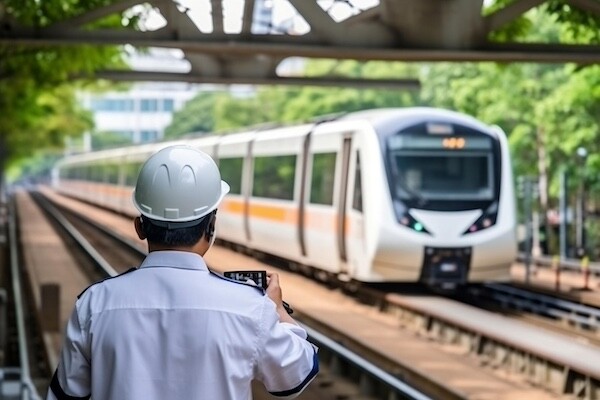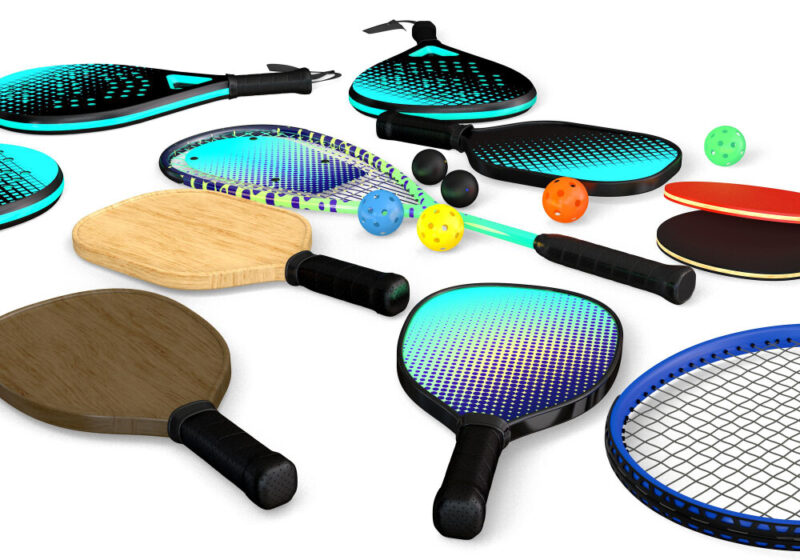
A Racket’s World
The rhythmic pop-pop-pop echoing through a sport court in Bangkok’s Benjakitti Park stopped Nattapat in his running tracks. The 22-year-old’s evening jog forgotten, he found himself drawn to a mini-size court where players wielded what looked like oversized ping-pong paddles.
“Pickleball,” a nearby player explained, noticing Nattapat’s curiosity. “There’s a beginner’s session starting in 10 minutes if you want to watch.” Intrigued, Nattapat stayed. By the session’s end, he was itching to try it himself.
Little did he know, he was about to join a rapidly growing community of enthusiasts across Asia, all discovering the “trending sport” of pickleball and its cousin, padel.
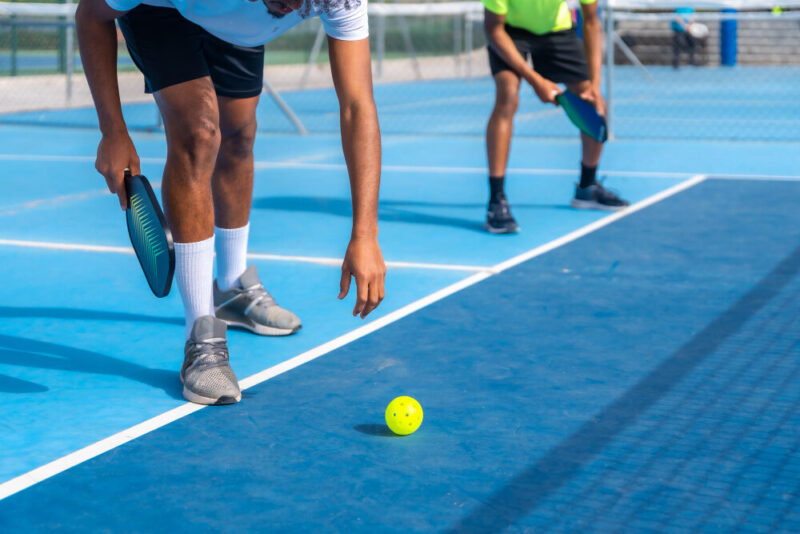
“I thought I was in shape,” Nattapat chuckled, twirling an unfamiliar paddle in his hand. “But this game… it’s something else.”
His opponent today? A skilled 60-year-old player who showed him that this sport transcends age barriers.
“I liked the fact that I lost to a senior member. It presented a challenge,” Nattapat reflects on one of his many first pickleball experiences.
Not far from where Nattapat practices his pickleball skills in Benjakitti Park, Bangkok Padel offers enthusiasts a unique experience atop the Ambassador Hotel on Sukhumvit Road. This rooftop padel court is just one example of how these sports are finding their place in urban landscapes across Asia.
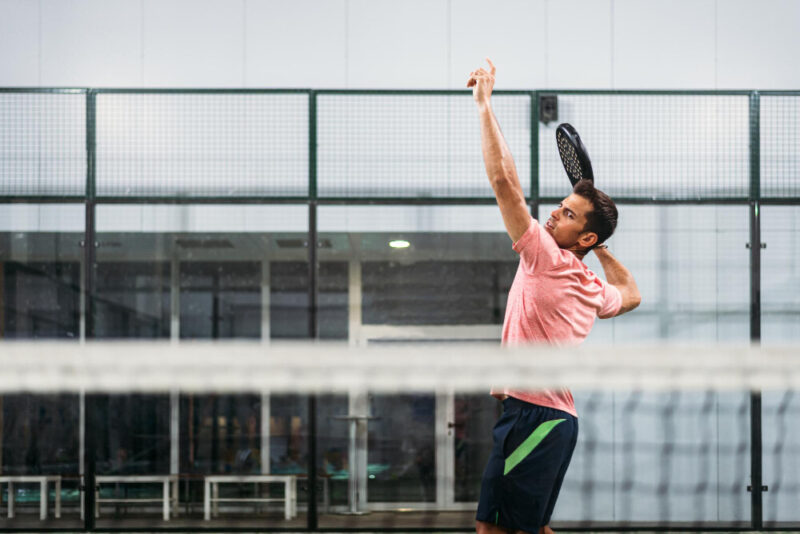
The popularity of these sports is spreading rapidly, even catching the attention of global sports stars. In June 2023, Portuguese football superstar Cristiano Ronaldo was spotted playing padel in Singapore, further boosting the sport’s profile in the region.
Over the past 2-3 years, both sports have seen a remarkable surge in popularity, particularly in Europe, and are now making significant inroads into Asia. This surge in racquet sports isn’t just changing how people spend their leisure time, it’s opening up exciting new opportunities for businesses in the sports and recreation industry.
What is Pickleball? What is Padel?
Pickleball is a blend of tennis, ping-pong, and badminton. Players use paddles similar to oversized table tennis paddles to hit a lightweight, perforated plastic ball over a net. The game is usually played in doubles on a court roughly the size of a badminton court, making it a social and accessible sport for all ages.
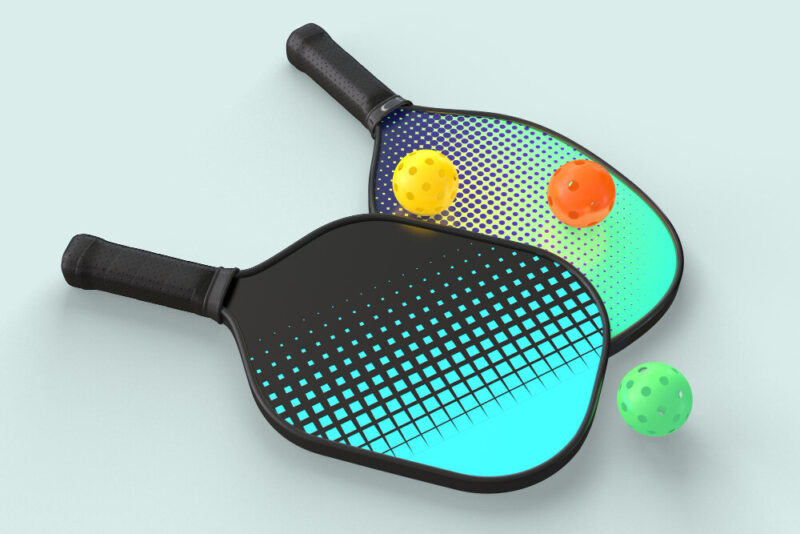
Padel, on the other hand, is played on a larger, enclosed court with walls. The game uses a tennis-like ball with less pressure and solid, perforated paddles. Combining elements of tennis and squash, padel is fast-paced and engaging.
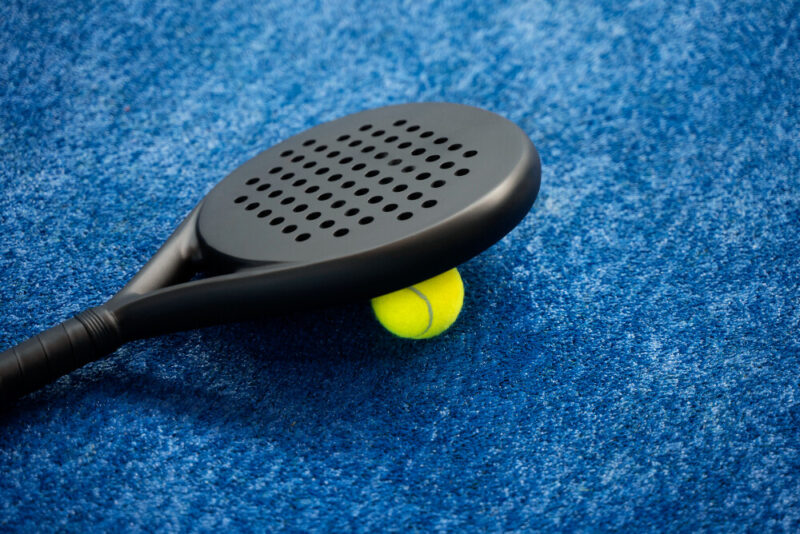
Both sports have gained popularity due to their accessibility and social nature. They offer a moderate-intensity workout, similar to hiking or yoga, making them appealing to a wide range of age groups. The smaller courts mean less ground to cover, reducing the intensity compared to traditional tennis while still providing a good workout.
The Economy of Pickleball and Padel
According to the Financial Times, these new racket sports generate four times the revenue per court compared to traditional tennis. This revenue boost has been a lifeline for many lawn tennis clubs, helping them attract and retain members of all ages in a post-pandemic world.

In the UK, padel and pickleball are reshaping the landscape of these clubs, reflecting a broader trend seen globally. Market.us reports that the global pickleball market is projected to reach approximately $3,859 million by 2032. Padel, with an estimated 20 million players worldwide, is similarly poised for substantial growth. Both sports, invented in the 1960s, have established strong footholds in regions like Spain and the US. They are now set to capitalize on growing interest in Asia.
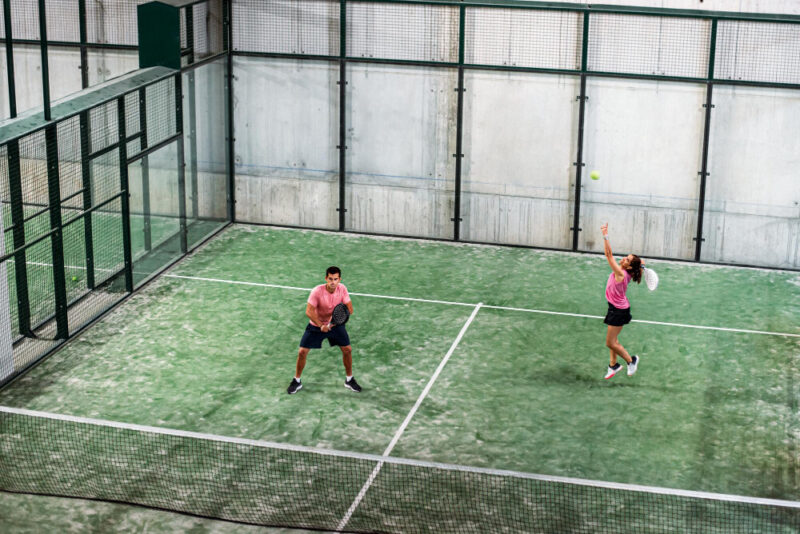
The story of Nattapat in Bangkok is not unique. Across Asia, individuals are discovering the joys of these sports, drawn by their low entry barriers and high social engagement. Drop-in courts, like those at Benjakitti Park, allow newcomers to easily join games and become part of a community.
In Singapore, pickleball has found its way onto courts around the island, with about 5,000 active players as of April 2024, according to The Straits Times. This growth reflects the sport’s increasing popularity in the region.
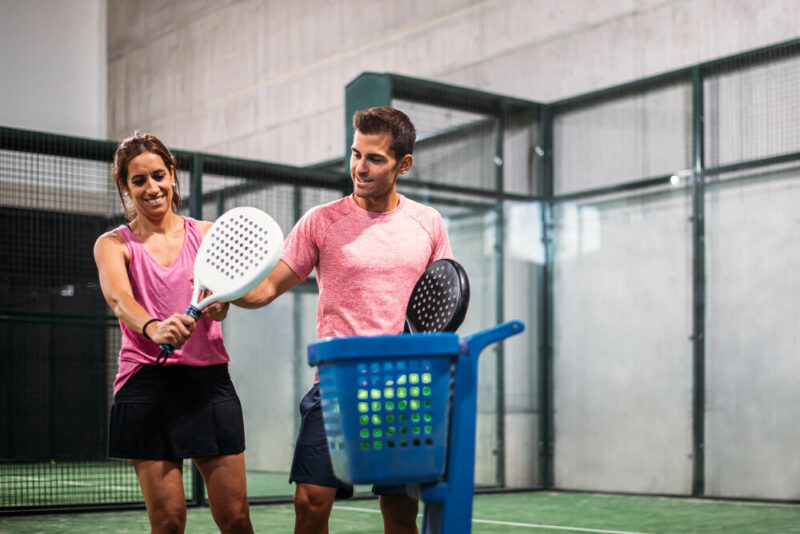
Padel is enjoying even more rapid growth in some parts of Asia. In Vietnam, the sport has gained significant traction. In March 2024, Ho Chi Minh City hosted the APPT Ho Chi Minh, part of the 2024 Asia Pacific Padel Tour competition. This event, part of the Open system of the Asia Pacific Padel Tour, showcases the sport’s growing professional circuit in the region.
Hong Kong is also joining the padel revolution. In April 2024, the city hosted the APPT HONG KONG GRAND SLAM 2024, marking the first international padel tournament held in Hong Kong. This event, being the first-ever APPT Grand Slam in the city, signifies a major milestone in the sport’s development in Asia.
Leveraging Marketing Strategies for Growth in Asia
To capitalize on the growing popularity of padel and pickleball in Asia, businesses should adopt a multi-faceted approach.
Firstly, leverage the sports’ inclusivity by marketing to diverse age groups, emphasizing the social aspects and moderate intensity that appeal to both young professionals and older adults. Utilizing high-profile endorsements, such as Cristiano Ronaldo’s padel play in Singapore, can significantly boost visibility and credibility.
Invest in urban facilities, like rooftop courts, to make the sports accessible in space-constrained cities. Partner with existing tennis clubs to introduce these sports, capitalizing on the higher revenue potential per court.
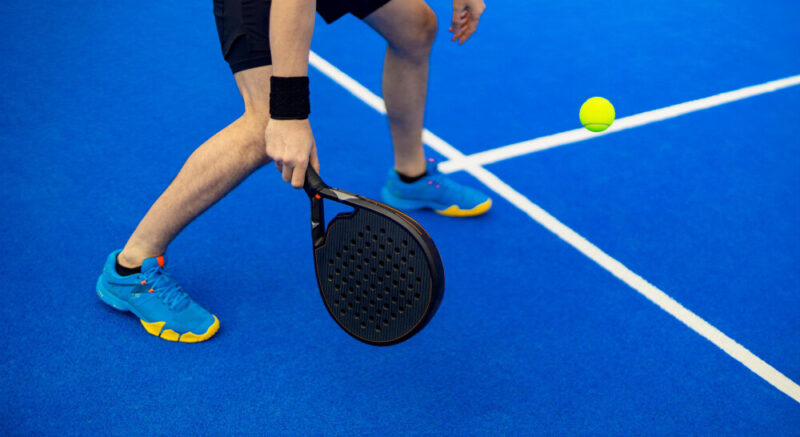
Establish drop-in courts and beginner-friendly sessions to lower entry barriers and foster community engagement. Collaborate with fitness centers and corporate wellness programs to introduce these sports as alternative workout options.
Use localized marketing strategies, employing services like Project V for region-specific voiceovers in advertisements and instructional content. For instances, focus on Thai-language social media campaigns in Thailand to boost engagement, use Vietnamese-dialect ads in Vietnam to increase viewer retention, and create polished English-language promotional videos in Singapore to improve brand recall.
Finally, engage with local authorities to integrate these sports into public recreation facilities, following successful models like Benjakitti Park in Bangkok. By combining these strategies, businesses can effectively ride the wave of padel and pickleball’s growing popularity across diverse Asian markets.
—
EQHO, a multilingual communication company, with its extensive experience and comprehensive language offerings for over 25 years, is the ideal partner to help businesses navigate the challenges and opportunities in this region.
EQHO’s expertise extends to over 65 languages, including all South East Asian languages such as Thai, Vietnamese, Indonesian, Malay, and Tagalog. Additionally, they cover emerging languages like Burmese, Lao, Hmong, Khmer (Cambodia).


